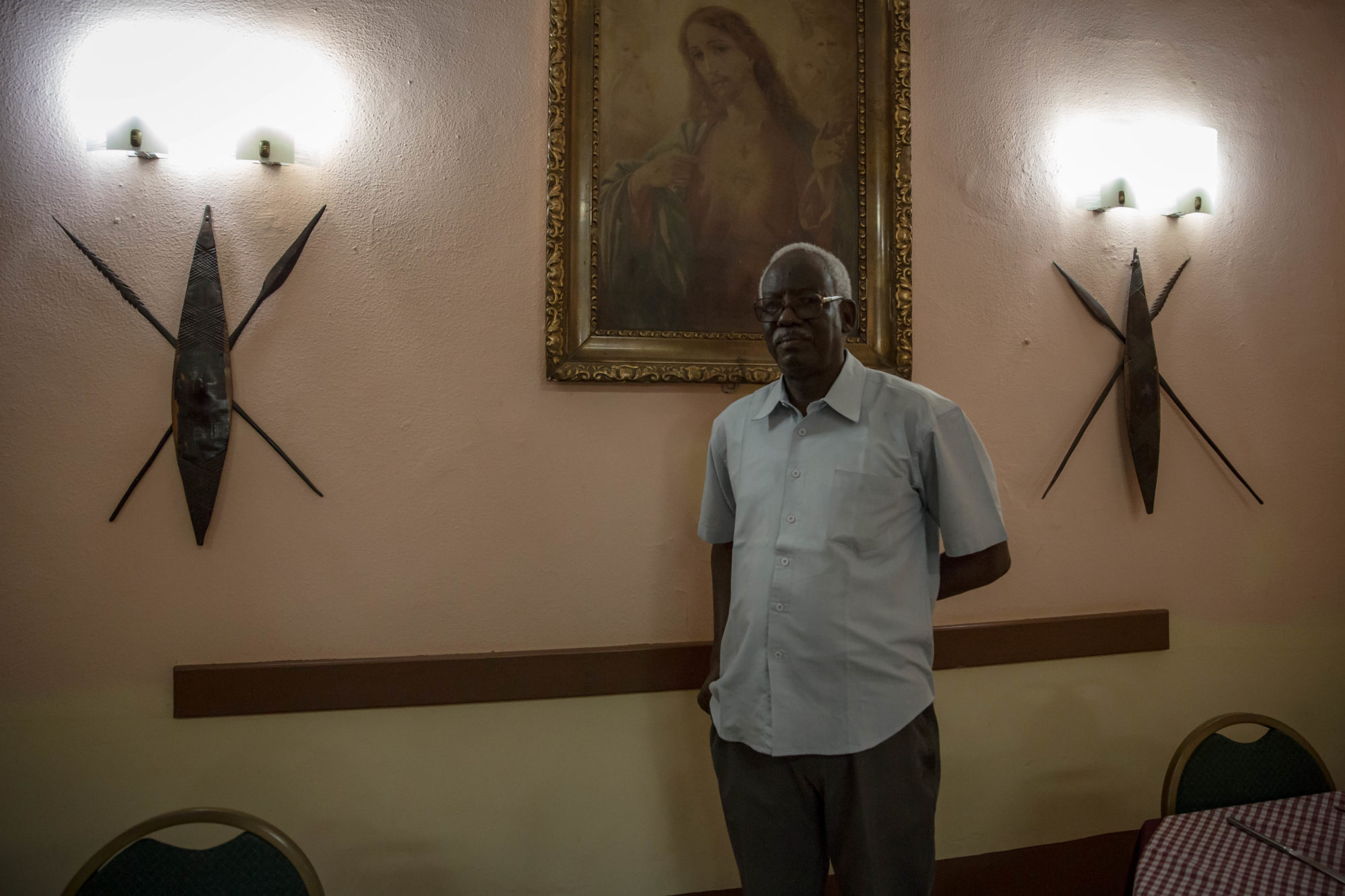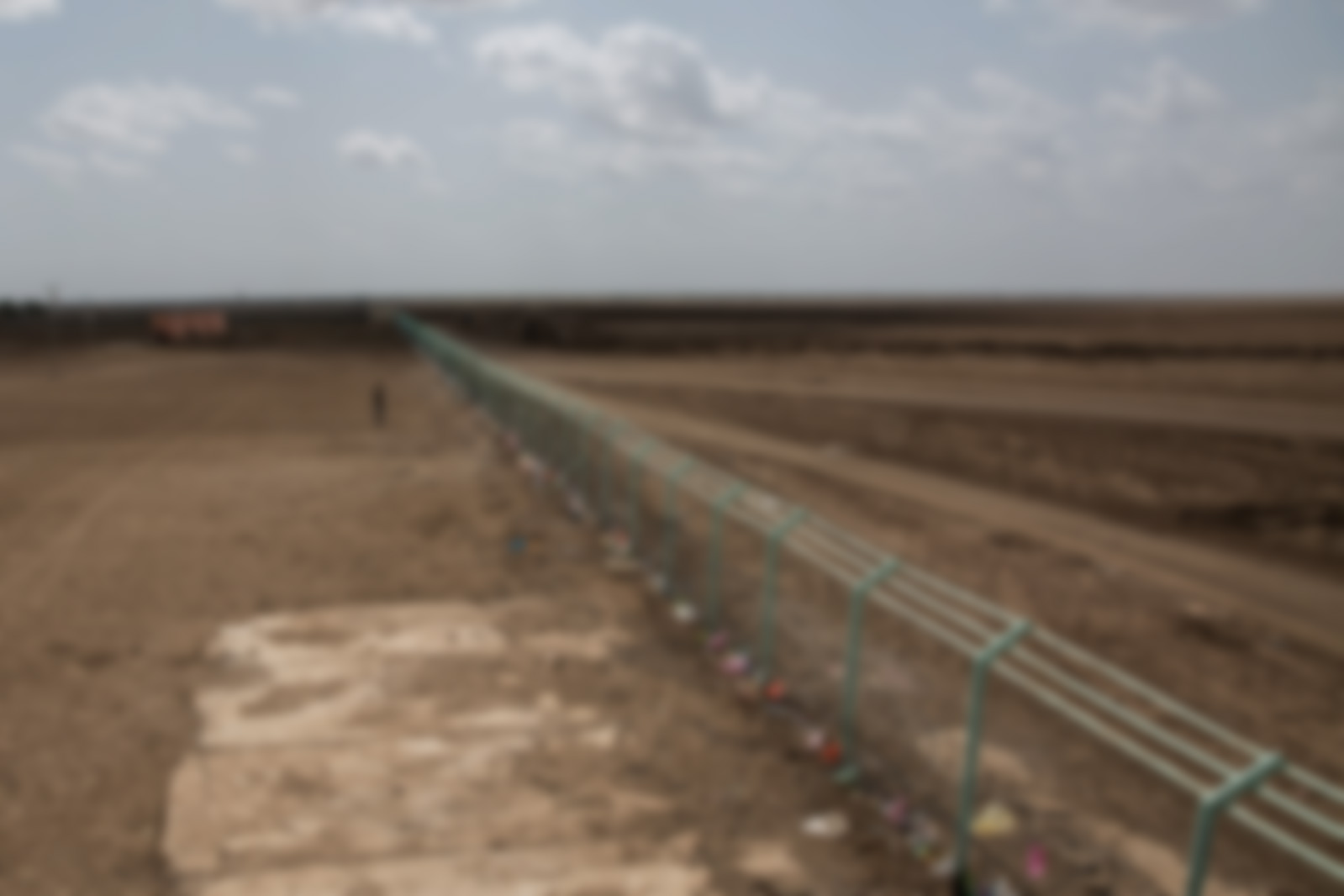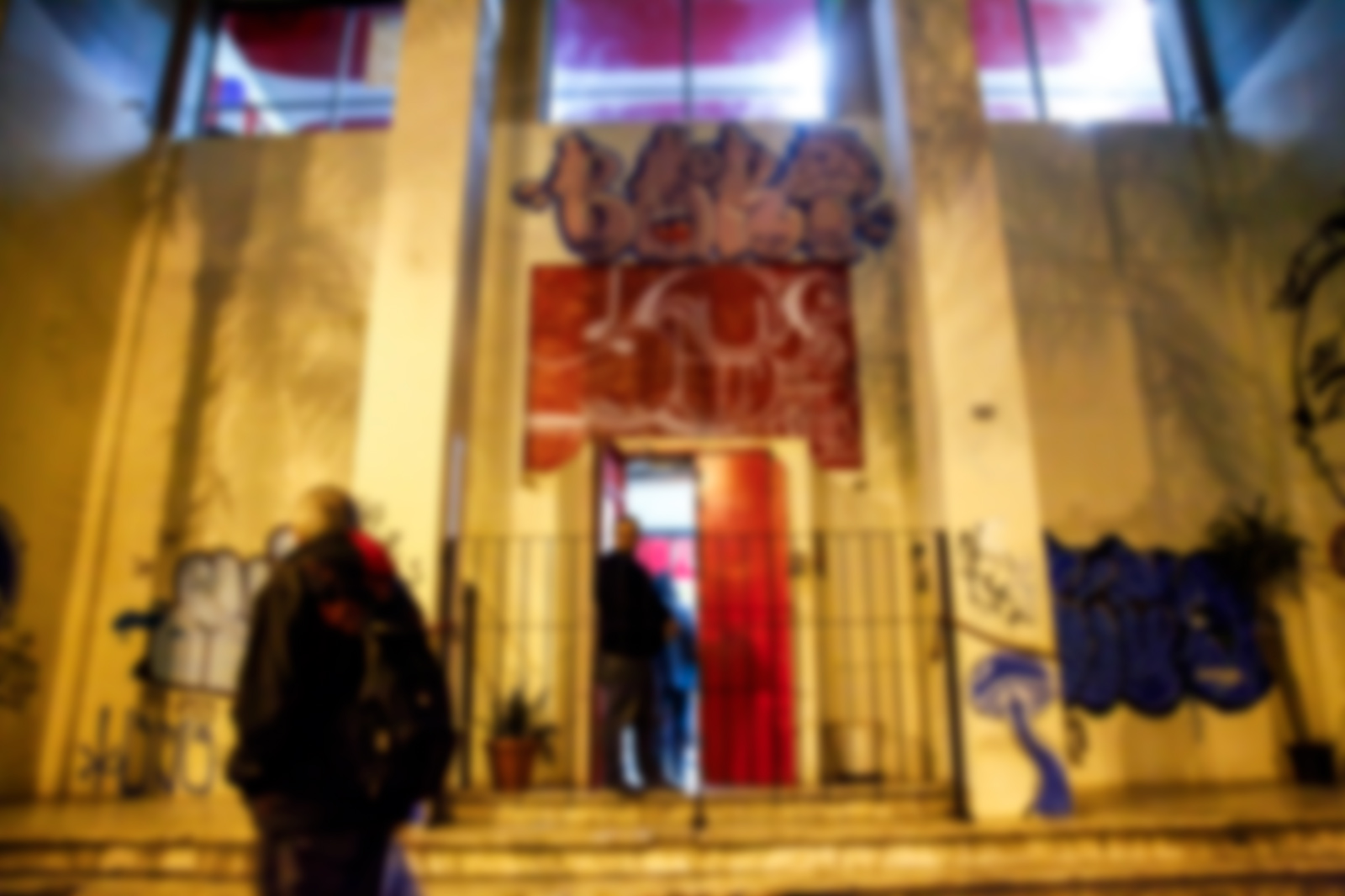The deputy chairman of Sudan’s National Committee to Combat Trafficking wonders where the EU funding aimed at stopping migration is actually going.
Ismail Omer Teirab has worked as deputy chairman of Sudan’s National Committee to Combat Trafficking for the past two years. It’s a high-profile job, and he’s had to deal with a lot of the criticism associated with funding from the European Union for anti-smuggling initiatives.
Founded after the Human Trafficking Act of 2014, Teirab’s committee is mentioned again and again in discussions around the Khartoum Process, a dialogue between countries along the migration trails from North Africa to Europe. Under this initiative, the EU has given more than 200 million Euros to Sudan to stop the flow of migrants.
Better Migration Management (BMM), an EU-commissioned and funded program operated under the Khartoum Process, singled out Sudan’s NCCT as an example of a government-associated authority that the EU could work with. Its “Sudan concept” paper identifies the NCCT as a “window of opportunity” for the EU.
The organization also received vocal backing from the International Organization for Migration (IOM), which in a 2016 appeal asked for $1.3 million, in part to help set up a National Coordination Mechanism on Migration which would support the NCCT.
But in one interview with Teirab, it was easy to see that the Sudanese committee remains, somehow, underfunded to the point of being ineffective. The interview took place this summer in a hotel café near the Blue Nile River and Khartoum’s airport because Teirab has no office. He said he needs five staff members, but for the moment is on his own. He has no car and gratefully accepted help getting a taxi back to his home.
Teirab is a civil servant, originally from Darfur, who speaks passionately about the problems smuggling causes in Sudan. Despite his title he thinks it’s important to highlight that according to his research there is no “trafficking” in Sudan – where migrants are exploited or forced into various forms of slavery to pay off the cost of the travel. It’s “smuggling” he’s after — the act of taking money to transport someone from one location to another.
Teirab said it’s almost impossible to stop young people in Sudan from dreaming of Europe. They see pictures everyday on their phones, he says, holding up his own, rather battered device.
He believes the best way to combat smuggling is with online campaigns, on television and in schools, telling young people that “anything you see in phones and TV is false.”
He’d also like photocopiers and a four-wheel drive car so he can go to rural parts of eastern Sudan to meet with Eritrean refugees who have crossed the border, fleeing mandatory military service or oppression. The one time he tried to visit Shagarab, the largest refugee camp near the border, he was denied access for not having the right documents.
Teirab complains that aid money is being disproportionately funneled towards the security forces: “The EU support the policemen and border force but not the NCCT,” he said. He noted that officials in Brussels already run six police training courses, yet he’s had to cobble together his action plan single-handedly. EU officials did not respond to multiple requests for comment.

Risks for migrants and refugees travelling to Libya and across the Mediterranean to Europe have been well documented. Those who reach Libya can end up sold into slavery, or held for ransom. It can be lethal: there are many reports that migrants have been killed because families did not pay.
For those who can afford to pay their passage all the way to Europe, there are still potentially bad consequences. At least 2,776 people have died crossing the Mediterranean from Libya this year, according to the IOM, making it the deadliest migration route in the world. Some from Sudan die before they even get to the Libyan border.
In Sudan, discriminatory treatment of refugees also acts as a push factor, Teirab said. In Khartoum, Eritrean female refugees are sometimes sexually abused while working as maids. In eastern Sudan, migrants are captured by tribes and held for ransom or sometimes brought to Egypt, where there are rumors of organ trafficking.
Like many Sudanese involved in refugee and migration-issues, Teirab was heavily critical of Europeans. He said Sudan could support refugees internally, but needs help. “Sudan is like a pot. Let us keep them here inside Sudan. Sudan can receive more [migrants] if necessary.”
And even simple resources, like a car or a photocopier, will go a long way toward keeping those migrants in Sudan, Teirab said.







